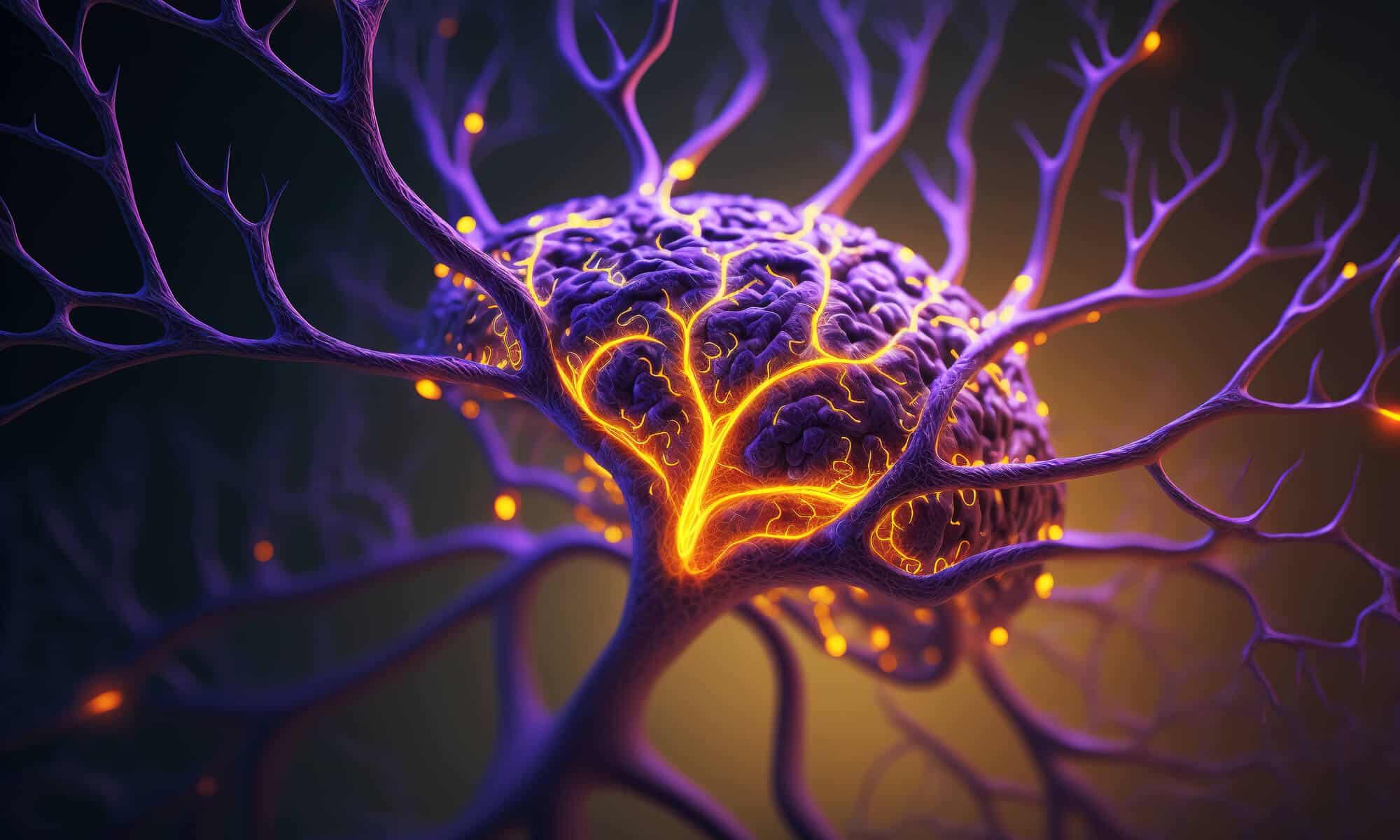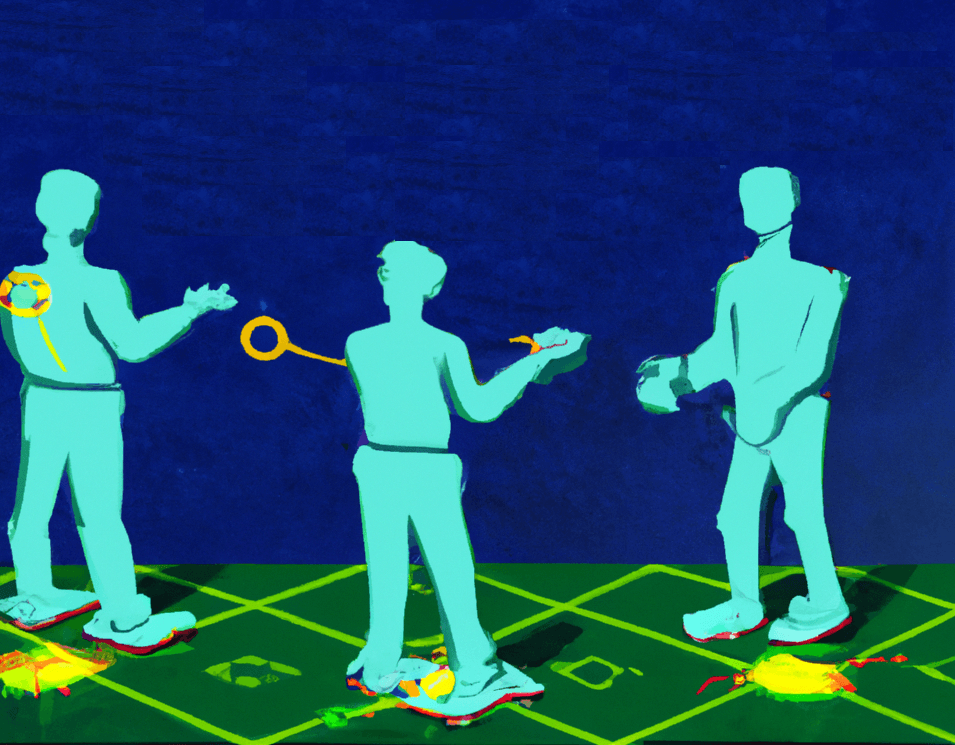In a document prepared for a discussion in the Science Committee, the subject of creative artificial intelligence is briefly presented, which is a catalyst for the recent public discourse; policy issues arising from its development; Information regarding government decisions, committees and a national program on artificial intelligence in Israel, and a concise reference to trends in regulation in Europe and the United States
Writing: Roy Goldschmidt Confirmation: Yuval Wargan, Knesset's Research and Information Center

1. Background
A European Commission document defines artificial intelligence as systems that demonstrate intelligent behavior by analyzing their environment and taking actions, with a certain degree of autonomy, to achieve their goal. 1 Artificial intelligence systems can be based on software only and operate in the online space, for example in voice assistants, search engines, facial recognition systems, speech recognition and more; Or be embedded in physical devices such as: autonomous vehicles, drones, advanced robots and more.
Although artificial intelligence applications are nothing new, the combination of a "technological leap" in the processing and analysis capabilities of such systems in recent years, and the spread of generative artificial intelligence applications have recently sparked a lively public debate about the opportunities and risks in artificial intelligence systems, and the call of many technology leaders and scientists Freeze for six months new developments in the field and a statement regarding the need to act to minimize serious risks that can be caused by these technologies.
Creative artificial intelligence is a collective name for applications based on language models that allow the creation, through a short query, of new content - texts, images, videos, music, computer code, and more, produced based on training information (data) entered into the systems. The more detailed the training information, the more accurate and more comprehensively, the capabilities of these systems are improving. Artificial intelligence systems began relatively many years ago to perform "human-like" tasks with excellence, such as chess games, the game of Chinese Go, trivia, etc.2. However, it seems that the development of advanced language models and the services they enable , creates change: in human-computer interaction, in the scope of users, and in public perception.
Applications of creative artificial intelligence are not in the scope of "General Artificial Intelligence" (AGI), but since they specialize in different tasks and not only in one specific and narrow task, AI (Narrow), they raise doubts about
to previous assumptions that general artificial intelligence is not expected to materialize in the coming decades and concerns about the consequences of their continued development and uncontrolled distribution. In his testimony to Congress in May 2023, the CEO of one of the artificial intelligence companies called for regulation to promote safety and accessibility of artificial intelligence applications, including licensing or registration of models above a certain power and the development of international oversight mechanisms for the field.

Creative artificial intelligence is already a useful tool for learning, training and creation and the range of applications in the field and their power is expected to continue to grow. Intelligent use of a creative artificial intelligence tool - one that we do not rely on exclusively and critically examine - can streamline and shorten work, learning and creation processes and provide users with new possibilities. However, unskilled, uncontrolled or misuse can lead to negative results.
Technologies in the fields of artificial intelligence create new opportunities and new markets in fields such as: health, education, energy, environment and more. For example, artificial intelligence systems that scan medical files and medical information can identify expected risks or complications in a medical procedure and offer treatment; Image analysis technologies that make use of information from social networks can identify specific animals and their movement patterns; Transportation monitoring technologies make it possible to manage traffic on the roads in an efficient manner and thus shorten waiting times and reduce pollutant emissions; Various ventures try to use huge data and the analysis of the knowledge in it to solve social issues such as crime, unemployment or dropping out of the education system. On the other hand, the penetration of artificial intelligence technologies also raises many concerns.
2. Creative artificial intelligence: policy issues
- Effects and consequences on employment: Contrary to the common assumption that automation trends will mainly affect manual labor or "blue collar" jobs, the latest trends in the field of artificial intelligence point to the possibility of influencing jobs in other fields, including: screenwriters, graphic designers, programmers, translators, and more. Moreover, according to a research draft from March 2023 that tries to estimate the consequences of creative artificial intelligence technologies and large language models (LLM's) on the employment market in the United States, precisely high-wage professions are more exposed than low-wage professions to the consequences of the penetration of these technologies. According to an estimate in the said study, in about 19% of the jobs an impact is expected on about 50% of the tasks of the employees in them, and in 80% of the jobs an impact is expected on about 10% of the tasks of the employees in them. However, according to a comprehensive survey by the World Economic Forum (WEF) from May 2023 that also included Israeli companies, the rate of new jobs that will be created in the short term (2027-2023) is expected to be greater than the rate of jobs that will disappear, so that the estimated total balance will be positive and lead to an increase of more than 25 % - in jobs (Among Israeli companies, the respondents' estimate is about 11% - an increase in the supply of jobs.)
- False information, "deep-fake" and consequences for public trust and democratic institutions: New language models and artificial intelligence tools that make use of them make it easier to create disinformation - deliberately misleading content, adapting it to the recipients, and distributing it on a considerable scale and with ease. Widespread approaches to reducing the problem such as checking facts, educating users and improving their literacy are not necessarily effective against disinformation developed with AI tools. However, companies in the field are engaged in developing AI tools to identify and label content created using .
- AI, Bias and Algorithmic Discrimination: Artificial intelligence based systems make extensive use of existing databases and the information fed into them and used to enable them to learn. Biases in the databases or in the instructions fed to such systems, along with other system errors, may cause such systems to discriminate against some of the users. As the penetration of such systems is expected to increase and their powers in relation to decision-making (especially without human involvement) will increase, "algorithmic discrimination" may occur on a larger scale.
- Intellectual property and implications for creation: A document recently published by the research services of the Congress in the United States raises interesting questions regarding the subject of intellectual property, including: Is it possible to establish copyright for content produced using AI systems? Is it possible to define a "creator" or "author" for them? Creators, to whom are the rights granted (to the software company? to the developer? to the end user)? Since, as mentioned above, AI applications need huge amounts of training data, is the use of copyrighted training data considered a copyright infringement? Or fair use? And whether artificial intelligence products (such as texts or images) are considered intellectual property infringers in the case of significant similarity and evidence that the protected content was used to train the model.

continue in part b
More of the topic in Hayadan:
- The facial recognition systems fake in estimating the age of the person photographed
- Retirees who have been counted have no choice but to work as Uber drivers for a much lower salary
- IBM will jointly invest with MIT about a quarter of a billion dollars in the establishment of the Watson Laboratory for artificial intelligence research
- Artificial intelligence can threaten some jobs, but it is more likely to become our personal assistant
- Sam Altman CEO of OPEN AI: We need to build a control mechanism for artificial intelligence like the Atomic Arms Control Council (video)

One response
Very interesting thanks!
Can you post a link to the document?